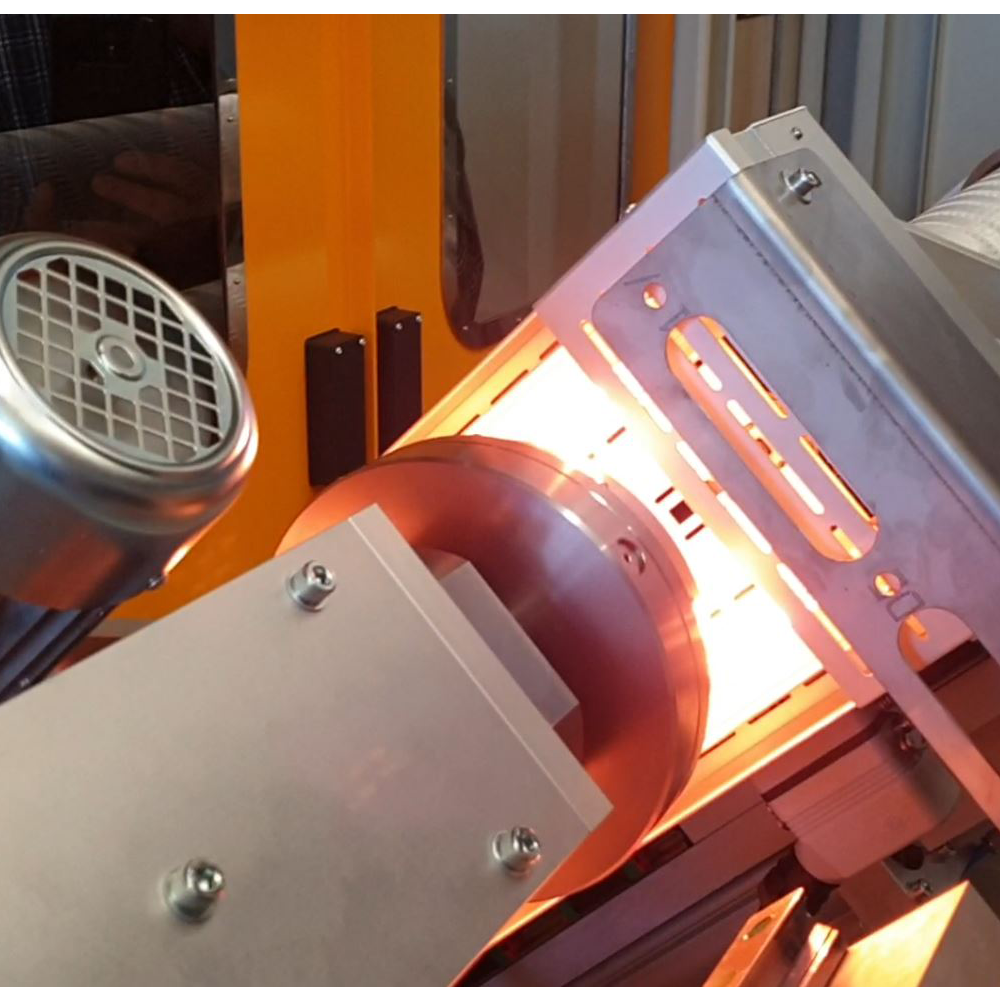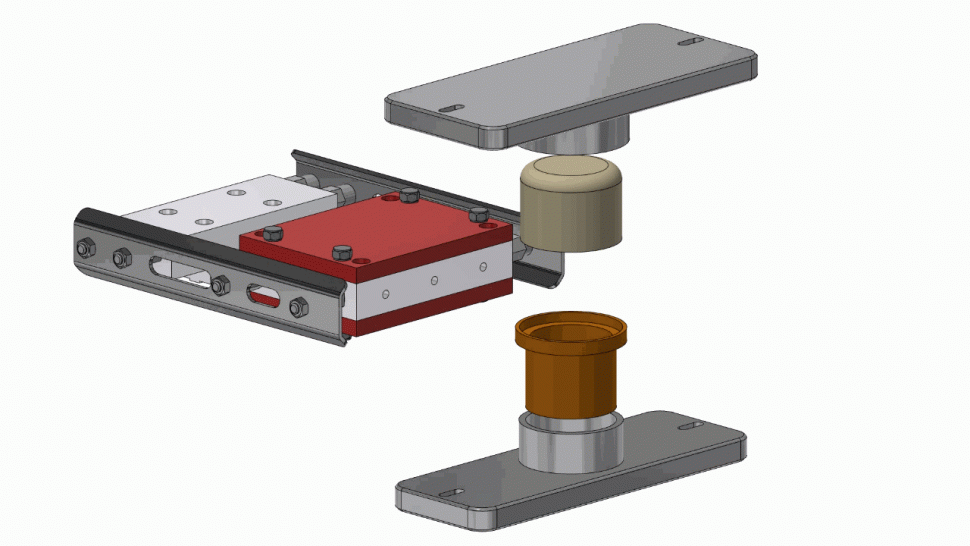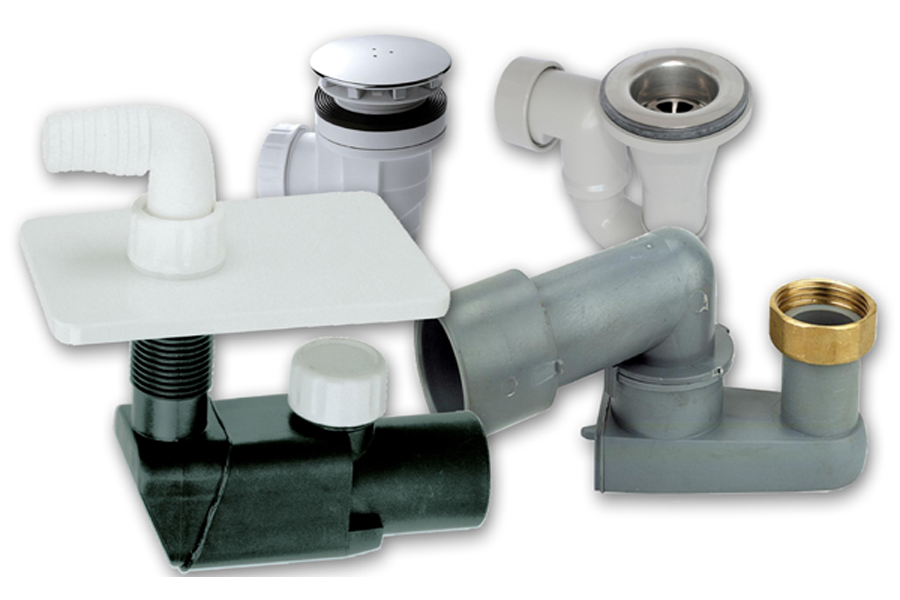
In the hot plate welding process, the fusion of thermoplastic materials occurs through direct contact with an electronically heated and temperature-regulated plate. The principle of hot plate welding of thermoplastic materials is simple and intuitive, ensuring excellent results in terms of both hermetic and mechanical sealing. In this article, we’ll explore together how the technology works and its main applications.
The welding process

- Material preparation: Before starting the welding process, the thermoplastic materials to be joined are prepared. This may include cleaning the surfaces to be welded to remove dirt, grease, or other contaminants that could compromise the quality of the weld.
- Blade heating: A metal plate is electronically heated to a controlled temperature, typically ranging from 250°C to 350°C. The temperature of the blade must be precisely controlled to ensure it is hot enough to melt the thermoplastic material without burning or damaging it.
- Material compression: The pieces to be assembled are contained in their respective fixtures, and the hot blade welding cycle is automatically initiated, managed by setting the heating and cooling time. Mechanical stops are present on the equipment, determining the fusion and packing dimensions of the pieces to be assembled. The hot plate is then lowered onto the joint of the materials, applying sufficient pressure to ensure close contact between the surfaces to be joined.
- Fusion and joining: The hot plate melts the thermoplastic material in the contact area between the surfaces. Since both materials are melted, they mix and bond together to form a solid weld. The mechanical movements of the welder must be quick so that the heating and melting of the weld joint are sufficiently “plastic” for the interpenetration of the two parts to be welded.
- Cooling: Once the fusion and joining of the materials are completed, the hot plate is removed, and the welded materials are allowed to cool. During this phase, the melted material solidifies, creating a permanent weld between the two pieces.
Applications

Hot plate welding is particularly suitable for assembling medium and large-sized articles. In addition to good mechanical sealing, this process also allows for excellent hermetic sealing.
Among the most common applications are water and air siphons (for example, in the automotive or construction sectors), and technical articles such as containers.
Special hot blade welder with electric axes for filters.